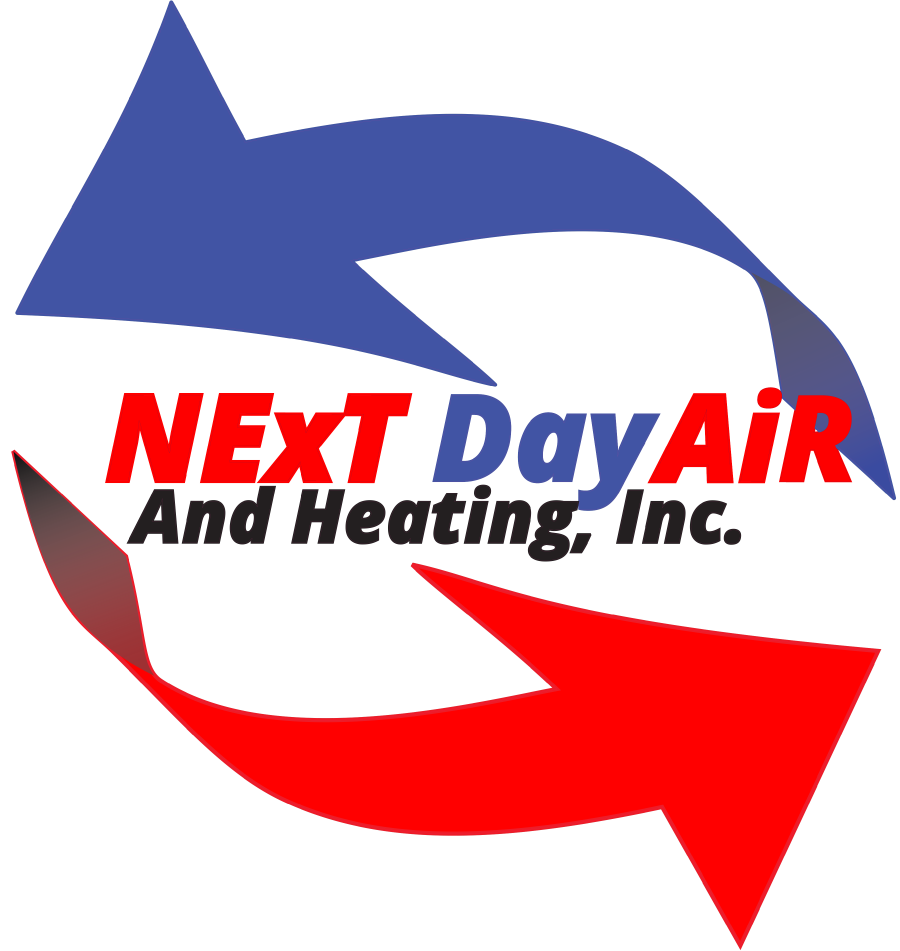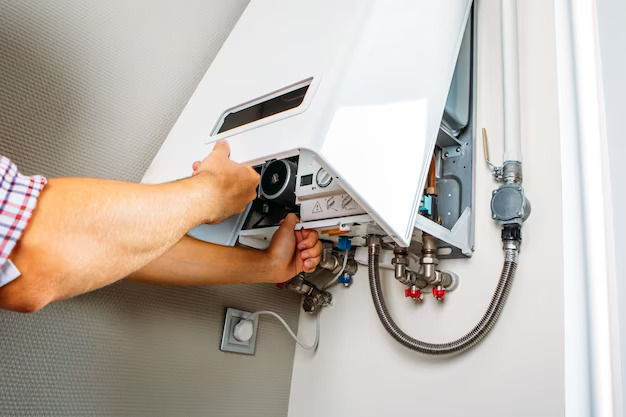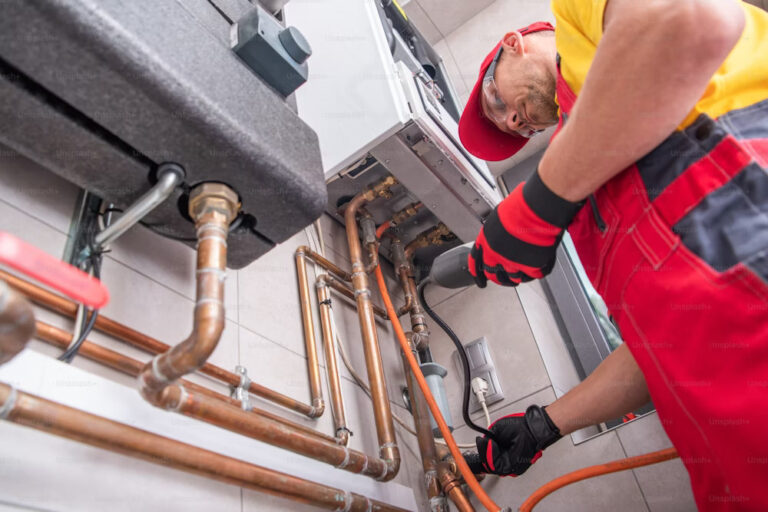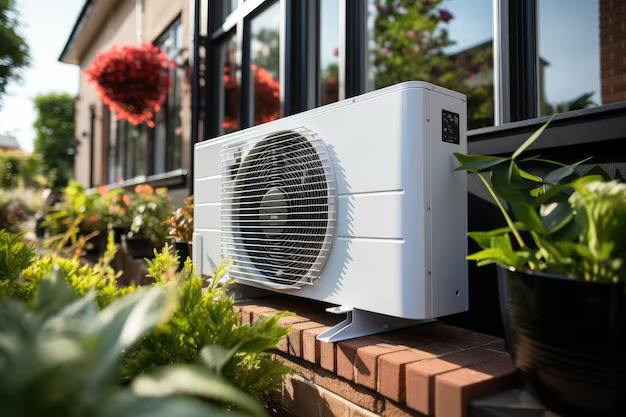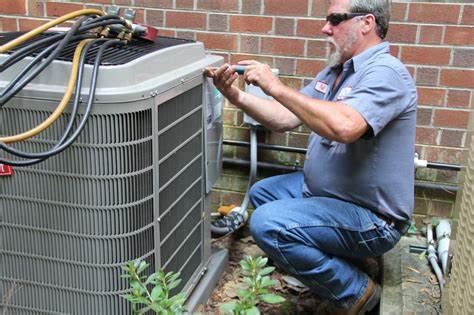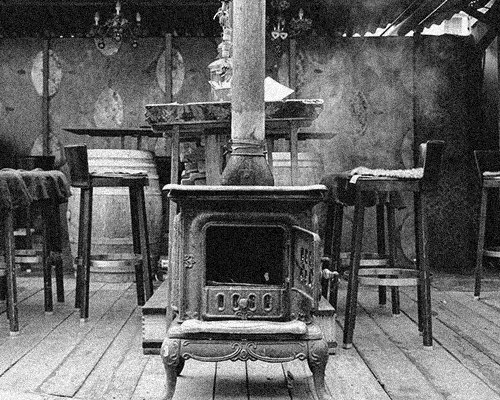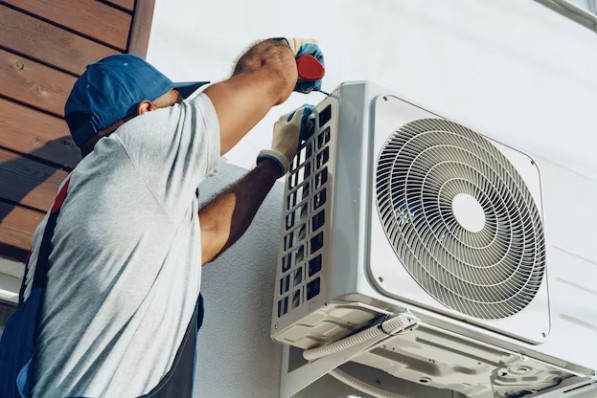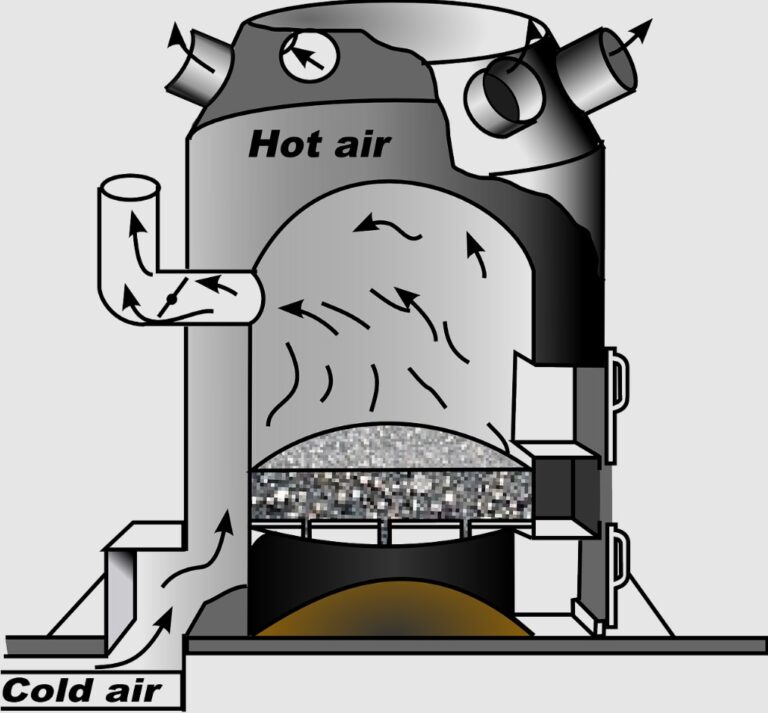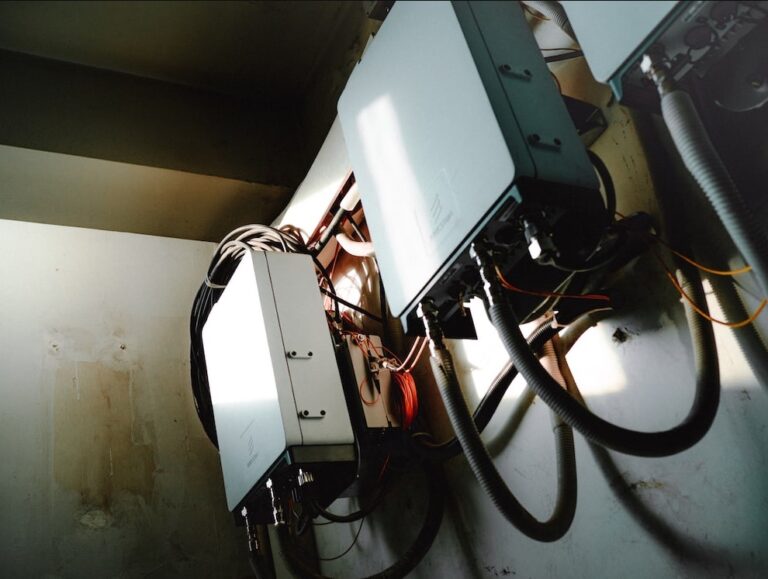Heating ducts are an essential component of our homes, ensuring warmth and comfort during the chilly winter season. However, if these ducts are not adequately maintained, they can become a breeding ground for mold. The growth of mold in heating ducts is a serious concern as it can lead to various health risks and also impact the overall efficiency of your HVAC system.
In this informative article, we will delve into the causes behind mold formation in heating ducts, the potential risks associated with it, and most importantly, the preventive measures you can implement to curb mold growth. By understanding these factors and taking appropriate action, you can ensure a healthier and more efficient heating system for your home.
Regular maintenance and cleaning of your heating ducts is crucial in preventing mold growth. In addition to these preventive measures, it’s important to monitor and maintain optimal humidity levels in your home. Investing in high-quality air purifiers can also help filter out mold spores and improve the overall air quality in your living space. By taking these steps, you can ensure a mold-free environment and promote a healthier home for you and your family.
1. Understanding Mold Growth in Heating Ducts
Heating ducts, with their dark and damp conditions, are an ideal breeding ground for mold. Not only do they often contain dust and debris, but when warm air flows through the ducts, condensation can form on the cooler surfaces.
This moisture catalyzes mold growth, providing the necessary environment for it to thrive. Furthermore, the accumulation of dust and debris within the ducts acts as a source of nutrients, further fueling the growth of mold.
2. The Risks of Mold in Heating Ducts
Mold in heating ducts can have a significant impact on indoor air quality and pose health risks to you and your family. The presence of mold in heating ducts is a cause for concern as it can release spores that have the potential to trigger allergies, asthma, and respiratory issues.
These spores, when inhaled, can cause a range of symptoms such as coughing, wheezing, sneezing, itchy eyes, and throat irritation. It is important to note that prolonged exposure to mold spores can lead to more severe health problems, especially for individuals with compromised immune systems.
Therefore, it is crucial to address and eliminate mold growth in heating ducts to ensure a healthy living environment for you and your loved ones.
3. Signs of Mold in Heating Ducts
Detecting mold growth in heating ducts can be quite challenging due to their hidden nature. Since they are not easily visible, it becomes crucial to pay attention to certain signs that may indicate the presence of mold. These signs can serve as valuable indicators of a potential mold problem:
- Musty odor: Mold often produces a distinctive musty smell. If you notice an unpleasant odor coming from your vents, it could be a sign of mold growth.
- Visible mold: In some cases, you may be able to see mold growth on the vents or inside the ducts. If you spot any discoloration or fuzzy patches, it’s essential to take immediate action.
- Allergic reactions: If you or your family members start experiencing allergy-like symptoms whenever the heating system is running, it could be due to mold spores circulating in the air.
4. Causes of Mold Growth in Heating Ducts
Understanding the causes of mold growth in heating ducts can help you prevent it from occurring. By identifying the common causes, you can take proactive measures to mitigate the risk. Some of the most prevalent factors that contribute to mold growth in heating ducts include poor ventilation, high humidity levels, condensation, and water leaks.
Poor ventilation restricts the airflow, creating a stagnant environment that promotes mold growth. High humidity levels provide the ideal breeding ground for mold spores to thrive. When warm air from the heating system comes into contact with the cool duct surfaces, condensation can form, creating a moist environment that encourages mold growth.
Additionally, water leaks in the ductwork can introduce moisture, further exacerbating the problem. By addressing these underlying causes, you can effectively prevent mold growth in your heating ducts and maintain a healthy indoor environment:
- High humidity levels: Excessive moisture in the air can lead to condensation inside the ducts, creating a breeding ground for mold.
- Water leaks: If there are any leaks in your HVAC system or ductwork, water can seep into the ducts and promote mold growth.
- Poor insulation: Insufficient insulation in the ductwork can cause temperature fluctuations, leading to condensation and mold growth.
- Lack of maintenance: Neglecting regular cleaning and maintenance of your heating system can allow dust, debris, and moisture to accumulate in the ducts, providing an ideal environment for mold.
5. Preventing Mold Growth in Heating Ducts
Preventing mold growth in heating ducts requires proactive measures. Here are some steps you can take to minimize the risk:
- Control humidity levels: Use a dehumidifier to maintain optimal humidity levels in your home, especially in areas with high moisture, such as basements and bathrooms.
- Address water leaks promptly: If you notice any water leaks, have them repaired immediately to prevent moisture from entering the ducts.
- Clean and replace air filters regularly: Dirty air filters can trap moisture and promote mold growth. Clean or replace them according to the manufacturer’s recommendations.
- Schedule professional duct cleaning: Regular professional duct cleaning can remove dust, debris, and mold spores from your heating ducts, reducing the risk of mold growth.
- Improve insulation: Properly insulate your ductwork to prevent temperature fluctuations and condensation.
- Ensure proper ventilation: Proper ventilation in your home can help control moisture levels and prevent mold growth. Consider installing exhaust fans in kitchens and bathrooms.
6. Professional Mold Remediation
If you suspect mold growth in your heating ducts or have identified visible signs of mold, it is of utmost importance to promptly and diligently seek the assistance of professional mold remediation services. These certified experts possess the necessary knowledge, experience, and specialized equipment to effectively and safely eliminate mold and restore the air quality within your home.
With their expertise, they will conduct a comprehensive inspection of your ductwork, meticulously identifying the full extent of the mold issue. Subsequently, they will implement appropriate measures to eradicate the mold growth, ensuring a clean and healthy environment for you and your loved ones.
7. Maintaining a Healthy Indoor Environment
In addition to preventing mold in heating ducts, there are several other steps you can take to maintain a healthy indoor environment:
- Keep your home clean and well-ventilated.
- Control moisture levels by using exhaust fans and dehumidifiers.
- Regularly inspect and repair any water leaks or plumbing issues.
- Use mold-resistant materials when renovating or remodeling your home.
- Monitor and maintain optimal humidity levels.
- Invest in high-quality air purifiers to filter out mold spores and other airborne contaminants.
Preventing and Addressing Mold Growth in Heating Ducts
Mold growth in heating ducts can have serious consequences for both your health and the efficiency of your HVAC system. It is important to understand the causes and risks of mold growth in order to take the necessary preventative measures. By doing so, you can ensure a healthy and comfortable living environment for yourself and your family.
Regular maintenance of your heating ducts is crucial in preventing mold growth. Additionally, professional duct cleaning should be scheduled periodically to remove any accumulated dust or debris that could contribute to mold growth. If mold growth is detected, prompt mold remediation is essential to prevent further spread and potential health issues.
It is always recommended to consult a professional mold remediation expert who can effectively and safely address the problem. Remember, taking proactive steps to keep your heating ducts mold-free is key to maintaining a healthy home environment.
